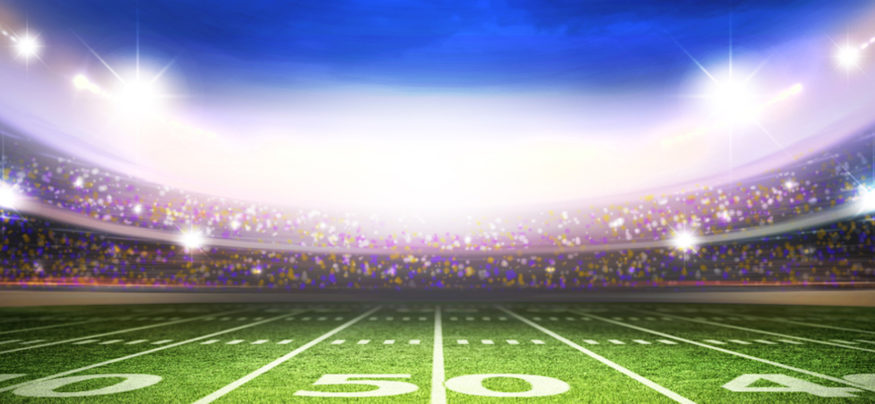In the digital age we live in, rather than hoping for always-on connectivity, people demand it. Whether it’s education, healthcare or retail, if your business isn’t able to provide this experience, customers will simply look elsewhere — a fact that the National Football League (NFL) knows only too well, and that it’s actively addressed with the advent of smart stadiums.
In 2014, the NFL knew it had a problem. Attendance at games was dwindling, and it was the crucial millennial crowd that was deserting the sport. The problem, for a generation that grew up accustomed to smartphones and constant connectivity, was that stadiums either offered insufficient Wi-Fi, or none at all.
Smart Stadiums Offer Instant Connectivity
Today, that’s all changed. The minute fans enter a stadium like the 49ers’ Levi’s Stadium, their smartphones are pinged with offers to upgrade their seats at discounted prices. Thanks to 1,200 Bluetooth beacons placed around the stadium, their smartphones can tell them where the closest bathroom is and which has the shortest line. They can also watch exclusive instant replays on their phones, or even order food through an app and have it delivered to their seats.
Between accessing stadium apps, viewing instant replays, uploading photos and videos to social media and connecting with friends and family, the smart stadium uses a lot of data. At Super Bowl 50, over 10 terabytes of data was transferred over the Wi-Fi network at Levi’s Stadium, which equates to over 6,000 hours of HD video or almost 1.2 million 2MB images.
This is an example of how a business can take a problem and turn it into an advantage. By offering millennials the type of connectivity and on-demand services they’re used to, the NFL has been able to reverse the decline in attendance. While not all stadiums offer the connectivity that Levi’s Stadium does, its success offers a blueprint for other stadiums to follow.
“There’s an expectation from fans,” Fred Kirsch, publisher and vice president of content for the New England Patriots told TechRepublic. “Being connected through their device is their expectation whether it’s music or sports … If you don’t have good connectivity it might not destroy the event but it detracts from it. We want to make sure we’ve done everything in our power to make the event as good as it can be.”
While the push to offer better connectivity and services was spurred by millennials, teams are now looking to enhance the experience for fans of all ages. “When we first started talking about this, it was about the tolerance level for our younger fans,” Michelle McKenna-Doyle, CIO of the NFL, said. “Now it’s every person who attends a game.”
Looking to learn more about how you can use the latest technology trends to positively impact the customer experience at your business? Read about the potential applications of beacon technology in retail settings.

